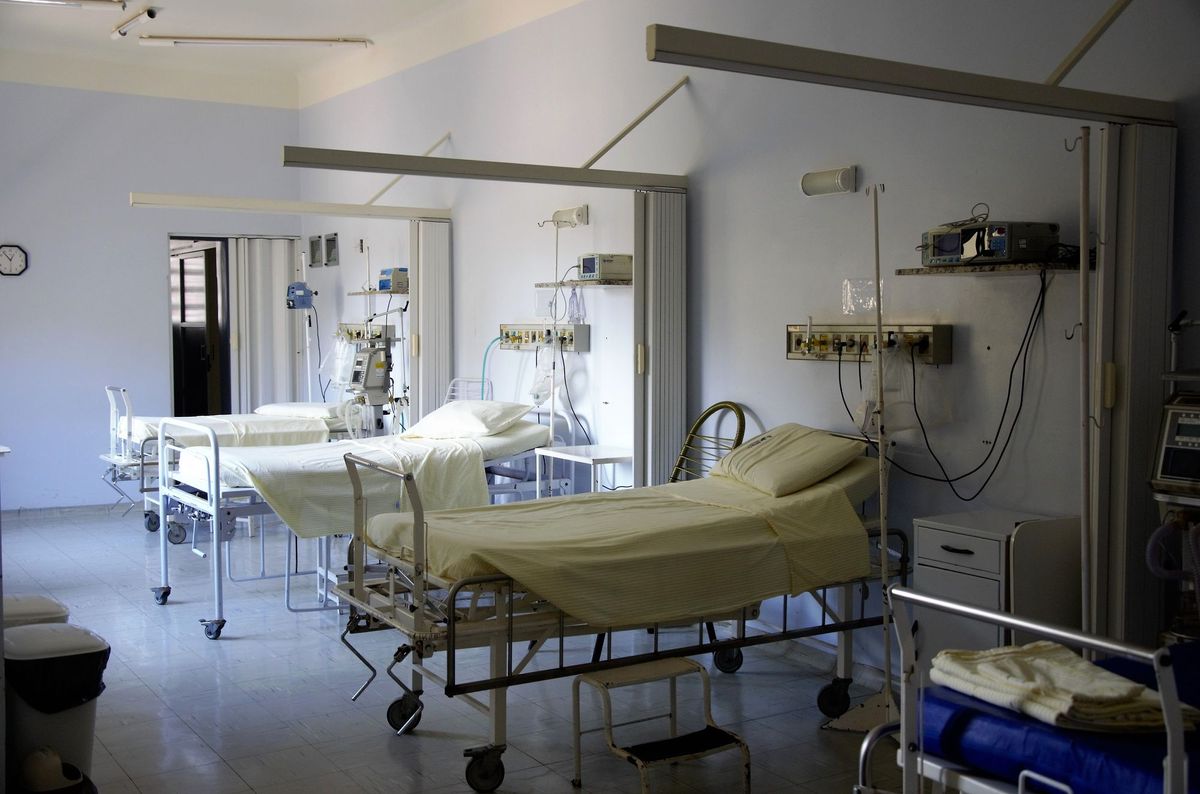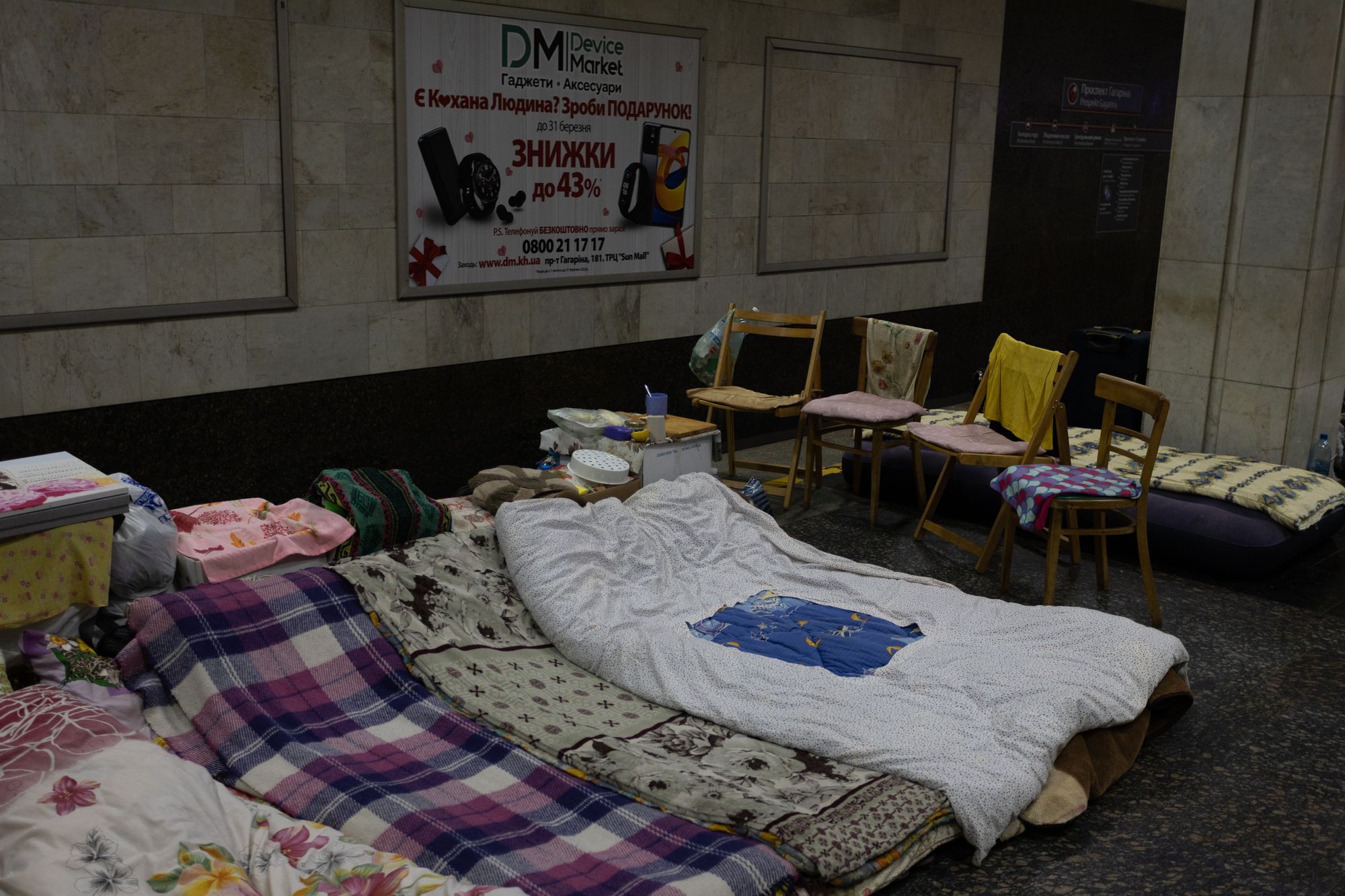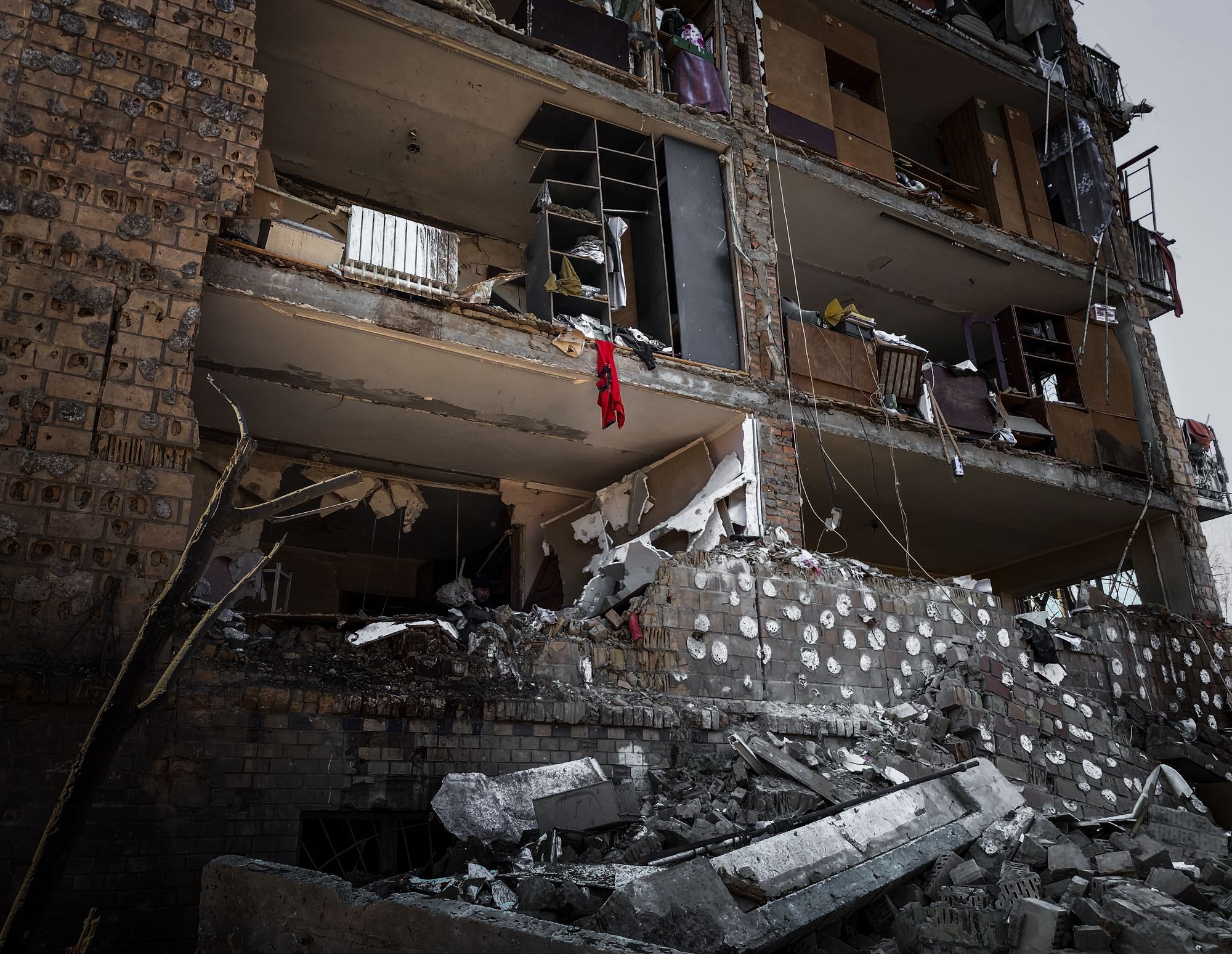Ukraine – Strains on the Health System
What was the state of the health system of Ukraine prior to the conflict with Russia, and how have recent events affected it?

By Henry Zhao
Following World War I, in 1918 Semashko’s model of Soviet healthcare was established in the USSR. The system placed responsibility on the state for health coverage, health care, and prevention of disease. However, with this came high levels of centralisation and control for resource and manpower allocation, with most decisions coming from the USSR. The destruction wrought by World War II resulted in rebuilding and expanding Ukraine’s health system, which resulted in improved indicators (such as life expectancy) through the 1970s and 1980s.
Upon gaining independence in 1991, the ensuing economic and social turmoil, alongside limited resources without USSR support, necessitated the continuation of the Soviet-era healthcare system with additional limitations. However, there was discontent with the new limitations on health benefits, eventually culminating in a round of proposed reforms in 2009, targeting primary healthcare, emergency services, and insurance. Further reforms were proposed by Health Minister Alexander Kvitashvili in 2014, but were hindered by politics.
The Concept of Health Care Reform, which was approved in 2016 and implemented over the next several years, was designed to reduce possible government corruption in the health sector. The reforms addressed primary care financing, reimbursement for essential medicines, established a greater role for the National Health Service, increased remuneration of professionals, and developed an eHealth record. These improvements demonstrated an ability to lower out-of-pocket expenditures, reduce the number of major health events, and increased patient satisfaction with care providers.
In its modern state, Ukraine has a healthcare system that seeks to offer universal coverage, but without significant financial backing and limited resources, results in costs still being incurred by the patients for most aspects of care.

Since the start of the Russian invasion of Ukraine on 24 February 2022, Ukraine’s health systems have been placed under severe stress due to escalating needs. Health facilities and personnel have been targeted by Russian military forces throughout the conflict, with 269 verified attacks on health as of June 2022 according to the WHO. As such, the diminished capacity to provide health services has been pressured underneath the increased need for treatment, especially for the wounded and displaced.
More complications arise from a lack of training in regards to adverse outcomes from war, including but not limited to trauma surgery, mass casualties, burns and chemical exposure. The strain of exhaustion and distress on the medical personnel working in the country are also significant concerns.
The WHO has increased its numbers of deployed staff in the country and delivered over 1300 tons of medical supplies and equipment. The organisation has also provided additional training to personnel and assisted in the ongoing development of a mental health program. The health system itself remained resilient and performed to an impressive degree, but as with most others, is not expected to be able to perform long-term during military conflict.
Despite the efforts of international assistance and the Ukrainian government, severe challenges still remain and the health system is still plagued by shortages. The upcoming winter of 2022 is anticipated to be a difficult time for medical services as the conflict with Russia continues. Until the war with Russia ends, the Ukrainian health system will need to find ways to remain resilient despite shortages of supplies, difficulties in accessibility, and disregard for care providers by Russian military forces.
